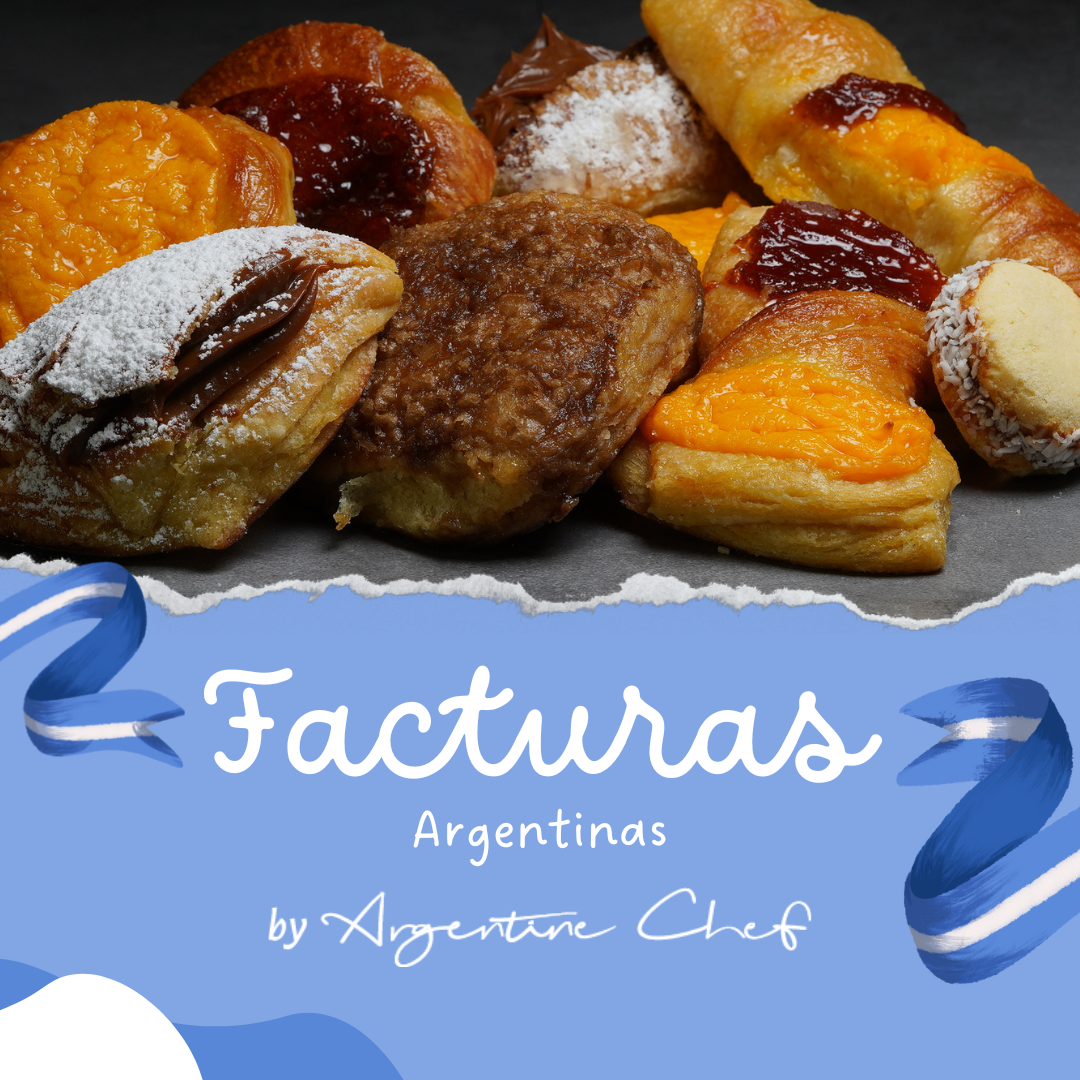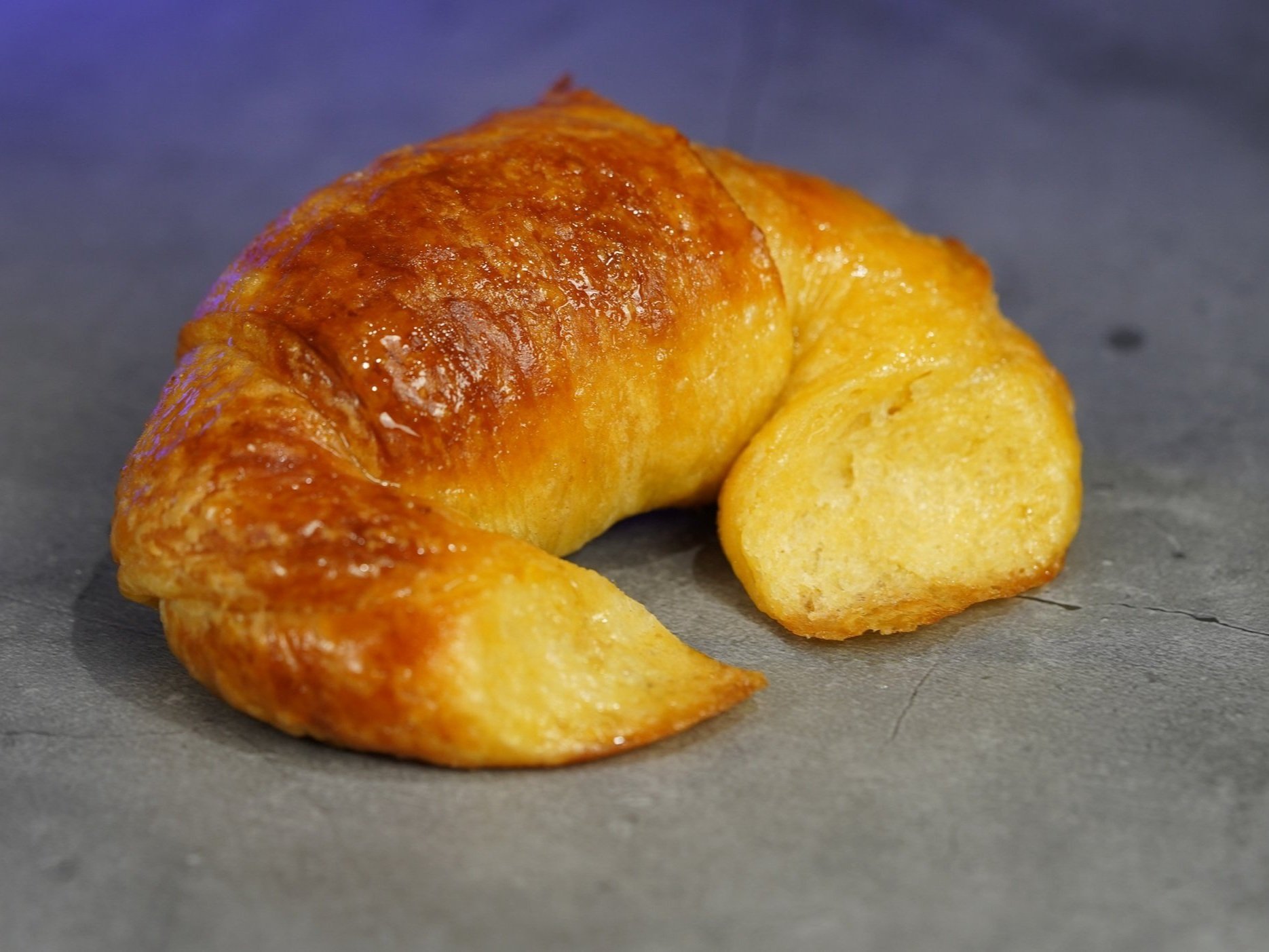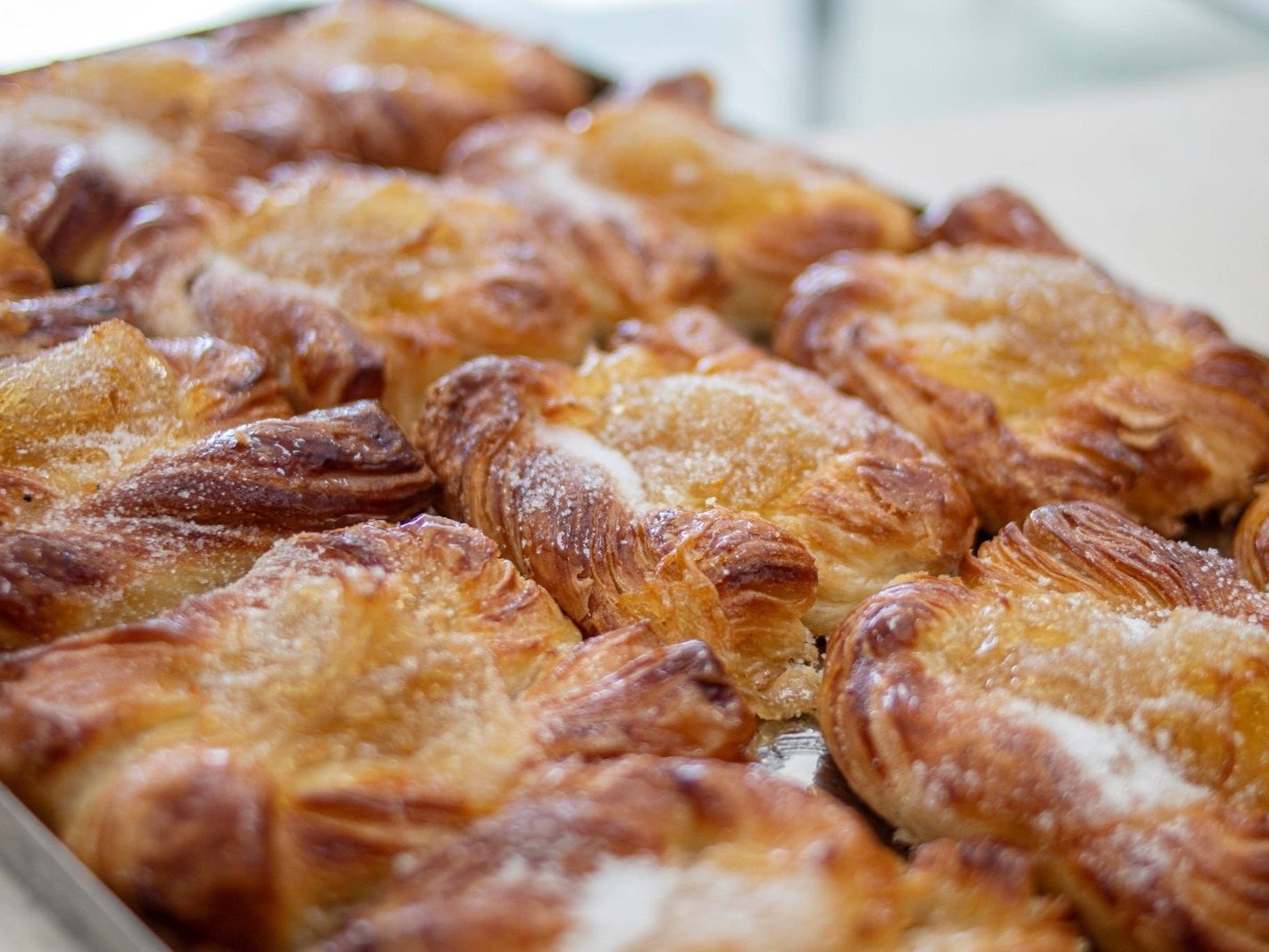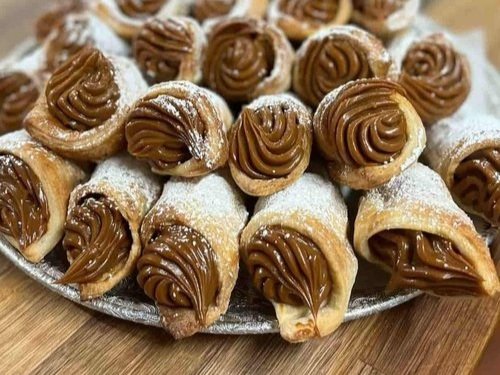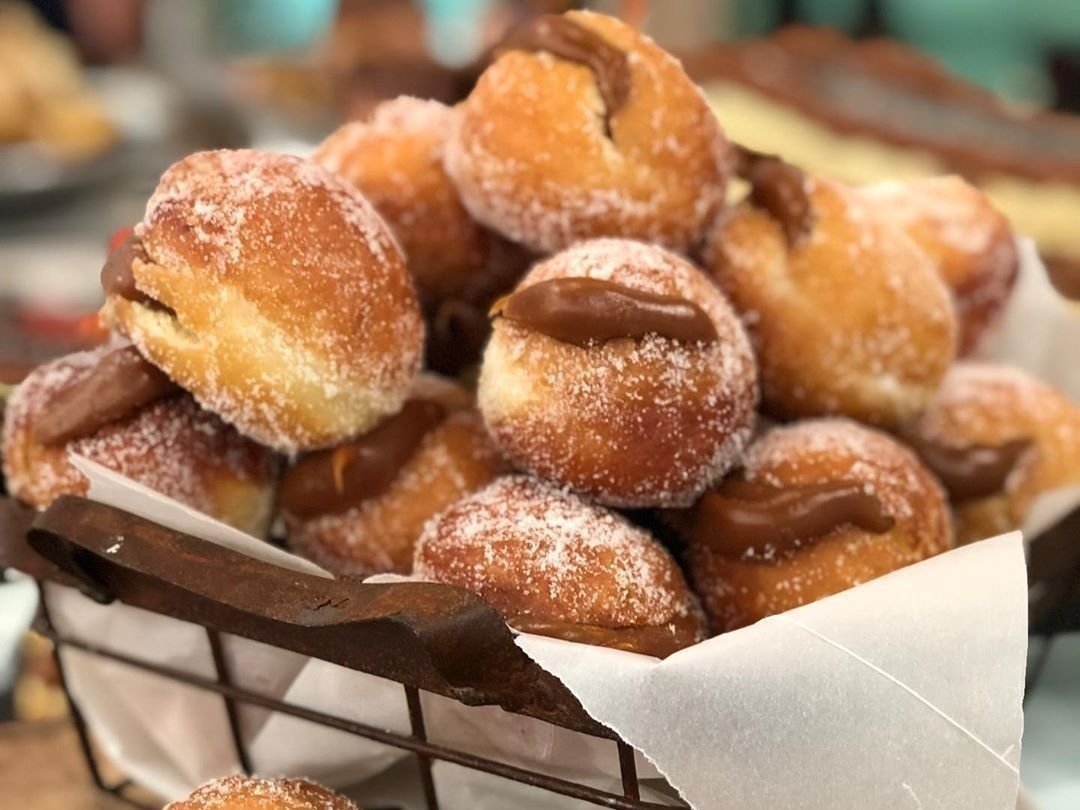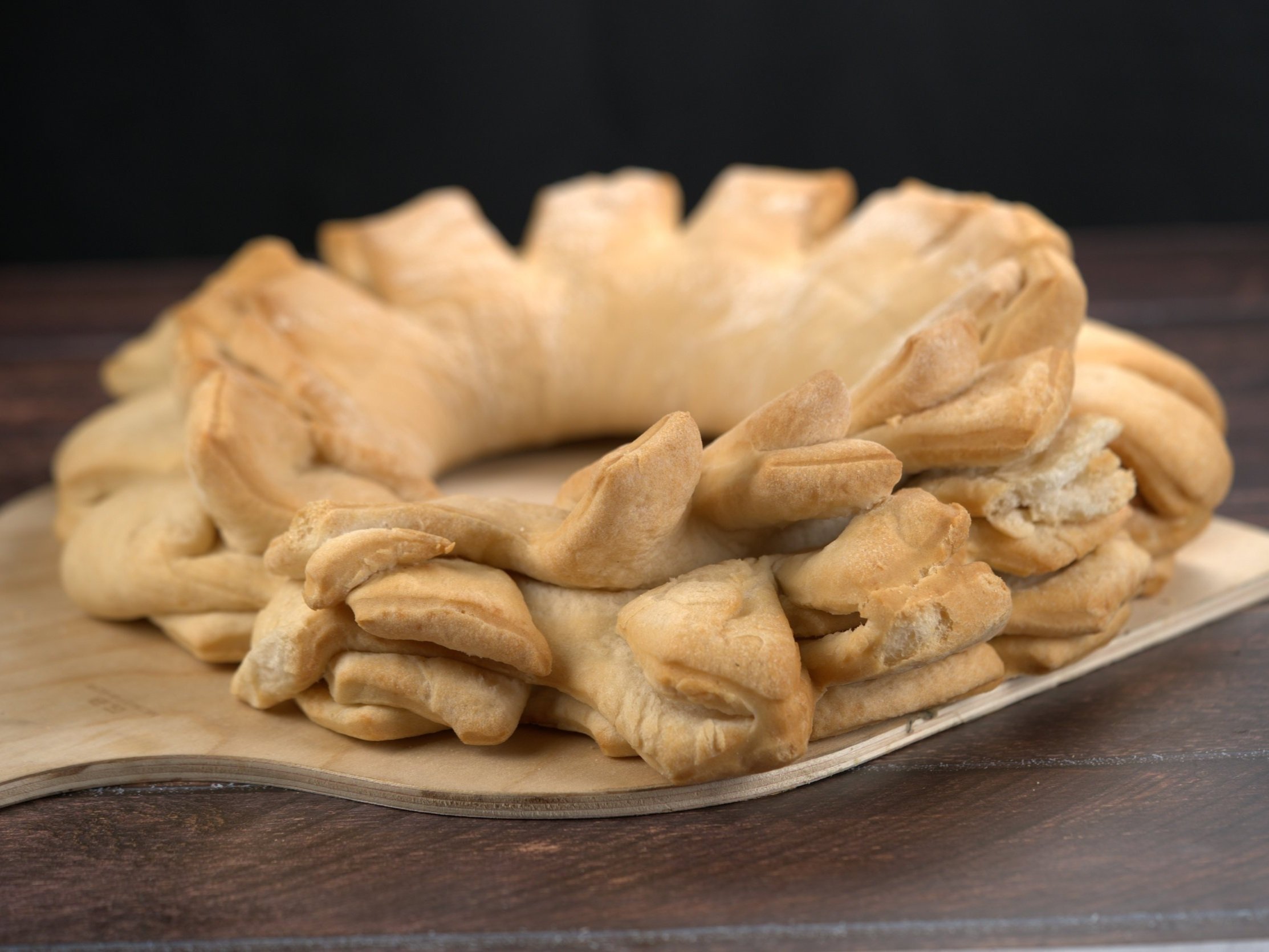Facturas Argentinas
Everything you need to know about Argentinean facturas
Argentinean facturas.- their history, and their varieties.
What a nice feeling we get when we talk about facturas. It is as if, at the moment of naming them, we could imagine eating one. Freshly made, warm, with our favorite filling or without filling, it doesn't matter. But with the perfect company of a cup of coffee or some hot mates. There is no doubt, we are tempted by our imagination.
Fortunately, in Argentina, we are specialists in offering different varieties and recipes of facturas. To satisfy all tastes, and so that no one is left out of the round of mates without trying a good facturita.
That is why, in this blog, we will show you the different types and origins. So that the next time you eat them, you will not only be delighted with their magnificent flavor, but also have the knowledge of their history. After all, you don't love what you don't know.
According to the sources consulted, the first thing people take with them when choosing in front of the Argentinean facturas counter are the medialunas de manteca (Butter facturas, similar to the famous croissant). That is the ritual. Then come the dozen, with a lot of options: churros, tortitas negras, churrinches, vigilantes, bolas de fraile, palmeritas, facturas filled with vainilla cream, quince jelly, dulce de leche, ricotta or apple.
medialuna de manteca
- In Buenos Aires the climate is complicated, there is humidity, the enemy of pastry. That is why the dough must rest in a cool temperature. If you don't cool the dough, it will melt in your hand. If you let it ferment too much, it loses flavor. And the medialuna at the top of the ranking in this province is made of butter.
tortita negra (cara sucia)
- The cara sucia is a variety of factura which is originally from Corrientes, according to what is said, specifically from the town of Esquina. It has flour, and course dark brown sugar. With time, it spread to other places in Argentina, where it is also known as tortita negra, although it is not exactly the same. Because if we have to talk about tortitas, Mendoza takes the first prize with its tortitas con chicharrones (Tortitas with pork rinds), which its fans love so much. Even in San Juan, they are called "Semita", although of course, this is an explanation that we will leave for another blog.
alcayota factura
- The alcayota factura is originally from Mendoza. Its originating plant, the alcayota, cayote or white pumpkin is native to the American continent, whose cultivation has spread throughout the world and especially in Mendoza. It is not uncommon to see it growing in many yards and is grown for sale in Lavalle, Las Heras and Guaymallen.
Quince factura
- Quince facturas are also native to Mendoza because of its quince cultivation. Most of the plantations are located in San Rafael and General Alvear, and also in Tunuyán and the eastern departments. These crops are also found in San Juan, Catamarca, Río Negro and La Rioja.
cañoncitos de dulce de leche
- The "cañoncitos de dulce de leche" are a classic among the Argentine "facturas". They can be filled with dulce de leche or pastry cream. These come from Buenos Aires, since it was here where dulce de leche was invented, in Cañuelas, province of Buenos Aires.
bolas de fraile
- The bolas de fraile also originate from Buenos Aires, as well as the sacramentos, the vigilantes, the bombas de crema pastelera or dulce de leche, the cañoncitos and the cremonas. These were invented in the strong period of immigration, around the 19th century. It was a time when anarchism was strong and sought to repress the forces of institutions such as the Church, the police and the government. So they used those names in the pastry as an irony.
cremonas
-Although cremonas were invented in Buenos Aires, we can affirm that they are much more popular in Córdoba. Definitely this province has the highest sales if we talk about cremonas.
Although almost the same varieties of facturas are sold all over Argentina. The recipes are usually modified in each province. This is because they are very varied in crops, and in their climatic conditions, too.
Now that, at last, we are closer to the knowledge of the beloved object and its history; We invite you to go for a taste of each of these, in our pastry shop, "Tango Pastry": 6100 Richmond Hwy, Alexandria, VA 22303, United States.
Give yourself the privilege and change your day and that of your friends, co-workers or family with some good Argentinean pastries.

